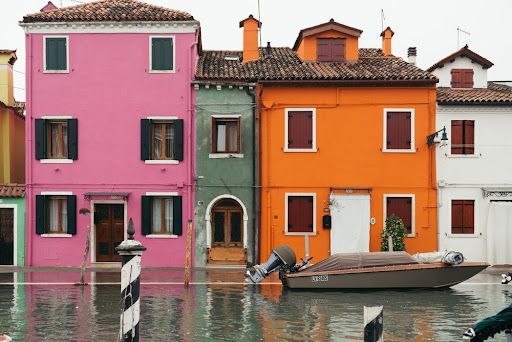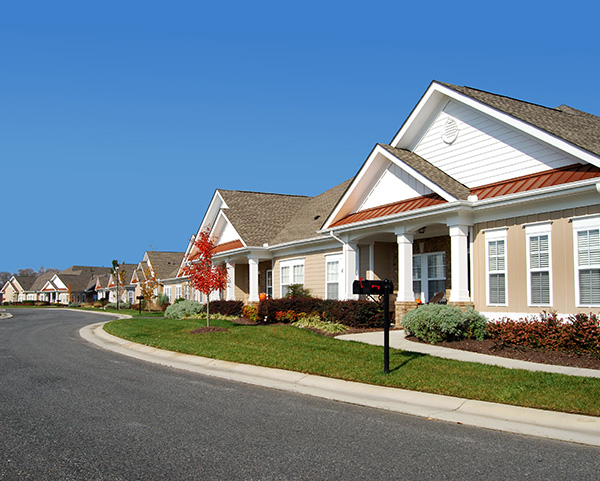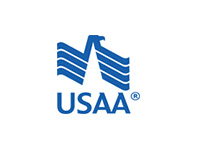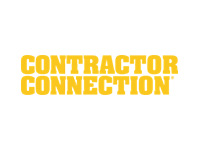Waterfront property. Waterparks. Water sports. There are many places where water is an enjoyable, desirable, and actively sought-out element in our lives.
Your home is not one of them.
No one thinks when they buy a new home that water damage will happen to them. The sad truth is, though, that water damage can be both extraordinarily costly and incredibly common.
Luckily, water damage is also easy to prevent if you know what to look for and resolve the risks. Just a little bit of time and effort—and some home improvement know-how from the experts (us)—can go a long way towards keeping your house safe from leaks of all kinds.
Read on to recognize the signs and risk factors of water damage so that you can be sure to stop it in its tracks.
What Does Water Damage Do?
Water can find its way to the most unexpected, hard-to-reach places. So too can the damage that comes from it, which is as varied as it is frustrating.
1. Interior and Structural Damage
The physical damage to the interior of your home that comes with a water catastrophe is probably the most obviously devastating.
Flooding or burst pipes are utterly destructive when it comes to wood floors and carpeting alike. You can also say goodbye to most of your furniture and personal possessions that are unfortunate enough to get in the way of the flow.
Lurking behind your damaged wallpaper and crumbling plaster, though, is an even messier issue. The very structural integrity of your home could be at risk.
Housing construction tends to involve highly porous materials, such as wood, concrete, and plaster. All these materials can rot and disintegrate over time if there is any excess moisture. Between layers of drywall and support beams also lurk complex electrical systems and insulation.
If a significant enough amount of water works its way into any of these places, a tricky repair or total system replacement might be in order.
2. Mold and Moisture Issues
Not all damage occurs due to sudden flooding or burst pipes. Indeed, most water damage results from long-term issues that went unnoticed or unattended for far too long.
While slow, steady dripping and low-key leaking might not seem catastrophic, the results can be equally dangerous. The risk is particularly high when it comes to matters of mold.
Mold thrives in situations of moisture. Even something as benign-seeming as condensation can produce an outbreak of it.
Not only does mold weaken the materials of your home, but it also wears on the health of the home’s occupants. A mold infestation can cause wheezing, coughing, and other symptoms that resemble allergies in the immediate aftermath. When breathed in repeatedly over time, mold spores can cause severe and permanent lung damage.
Your drywall and your lungs will thank you for getting your moisture problem under control sooner rather than later.
3. Expensive Leaks
One of the most frustrating side effects of pipes draining into your home is the subsequent draining of your bank account. Between the cost of physically drying your home and replacing all your damaged interior, the price tag to repair adds up quickly.
But the repairs aren’t the whole story. There are tons of hidden costs that come along with water damage to take into account too.
Depending on the extent of your leak, the wasted water could account for hundreds of dollars in additional utility costs. Heating costs can also be a factor, as water tends to draw warmth out of the air and the walls, meaning a house with more moisture is also much colder.
Bottom line: If you notice your utility bill suddenly skyrocketing, this could be a sign of some hidden dripping.
Common Sources of Water Damage
Often, we think we know what water damage looks like, which keeps us from considering that it could ever happen in our homes. It’s not all flash floods and burst pipes, though. Sometimes, it can come from innocent-looking places.
Below are some frequently experienced sources of water damage:
- Humid climate and damp environments (basements, bathrooms, etc.)
- Severe weather
- Clogged drains
- Bathroom condensation
- Leaky AC drain lines
- Malfunctioning irrigation systems
- Loose-fitting pipes
- Overflowing gutters
- Leaking or cracked roof tiles
- Malfunctioning sump pump
- Ruptured washing machine supply lines
- Old or poorly maintained water heaters
Appliances that rely on pipes of any sort are always big offenders of water damage and require constant upkeep and inspection to keep them running safely.
Home exteriors, such as your rooftop or your foundation, are also a massive target for water damage. They tend to bear the brunt of all weather-related causes and usually weaken over time, leaving your interior vulnerable.
What to Do If You Suspect Water Damage
While the list above is certainly not exhaustive, and there are plenty of other places from which a water leak could spring, it should give you a good sense of where you should check first in your home.
If the water is the result of one disastrous event, chances are you’ll be running for your valuables and family heirlooms first to get them out of harm’s way. Next, you might scramble to get your electricity shut off, and the water itself mopped up or pumped out to prevent further damage.
If your problem is more of a long-term thing, you’ll probably be anxious to assess the damage that’s already occurred and put a stop to the underlying issue.
Either way, one of your very first calls should be to a professional well-versed in the signs and symptoms of water damage. A professional can identify water damage, including areas that you didn’t think to assess. They also can help you with safety precautions and repairs that fix the problem rather than worsen it.
Conclusion
Now that you know the full extent of what can cause water damage, as well as the result from it, you probably have a good sense of what to do at the earliest sign.
Water damage can go from bad to worse in the blink of an eye, so you’ll need to act fast. Call a professional right away to help you take back control of your house and to keep it free of damage in the future.
At IDC Fire and Water Restoration, we are a trusted, well-established company. We will immediately get to work repairing the damage caused to your home by water and mold and take all the proper precautionary measures to ensure that it doesn’t happen again.













